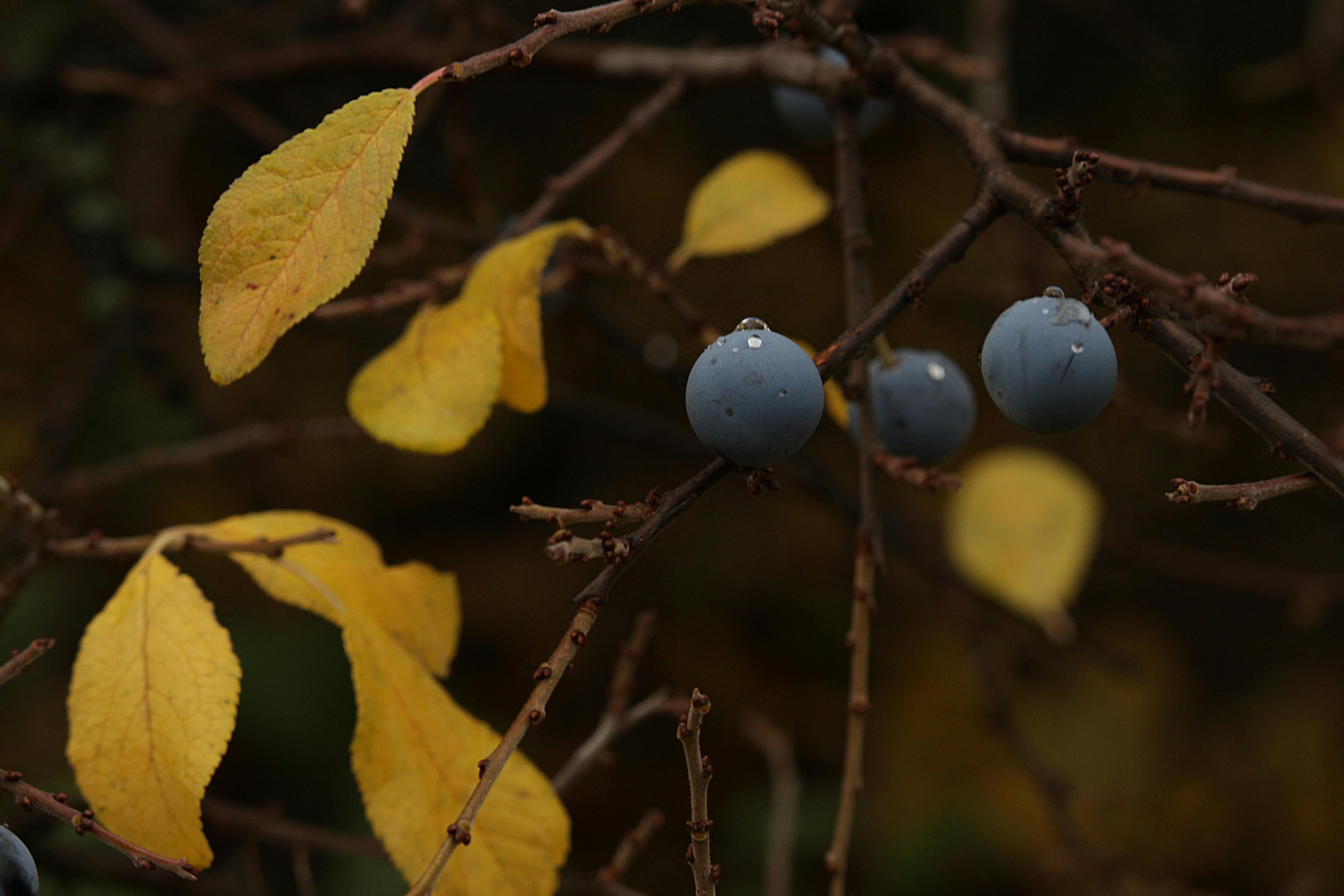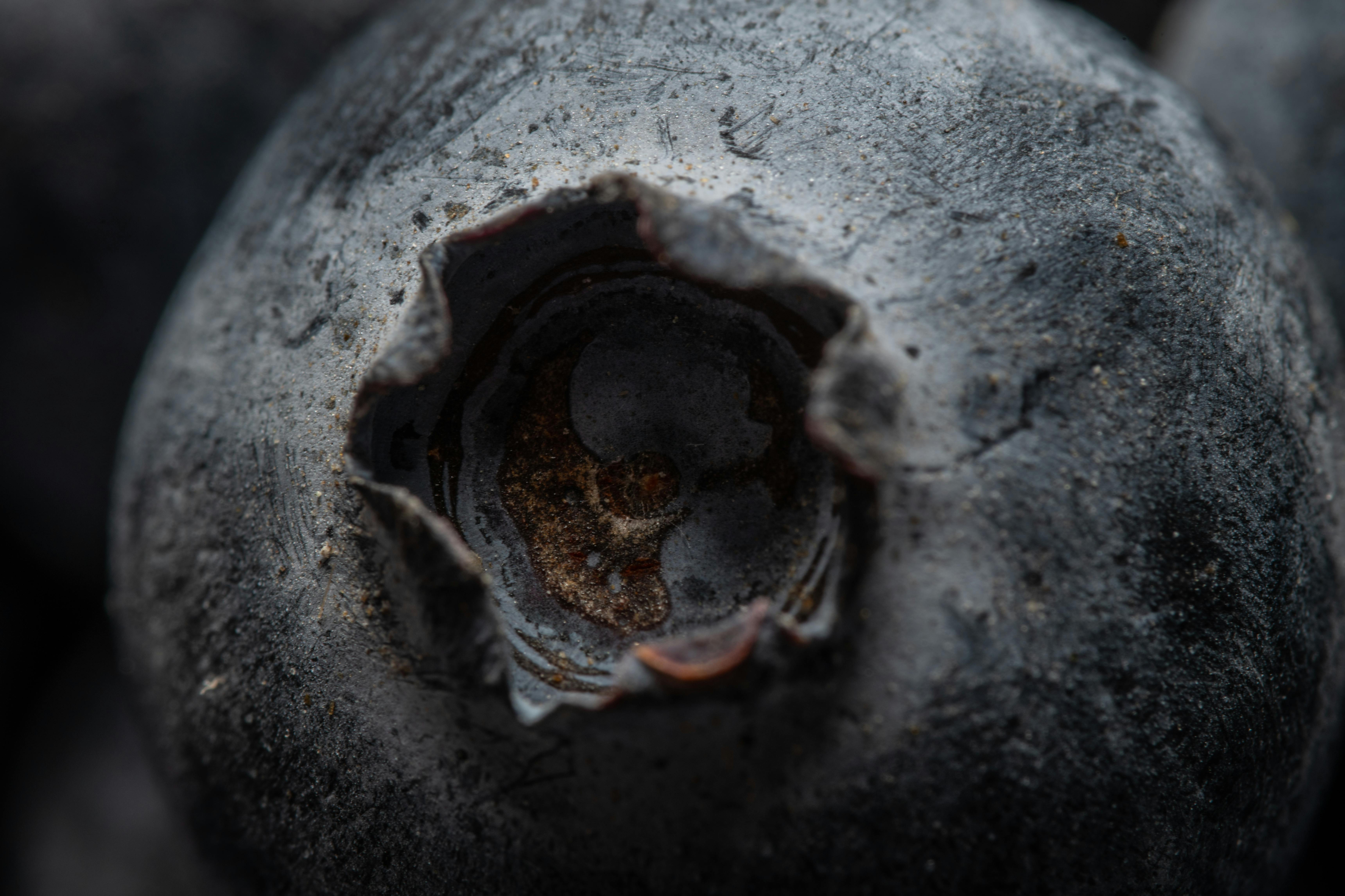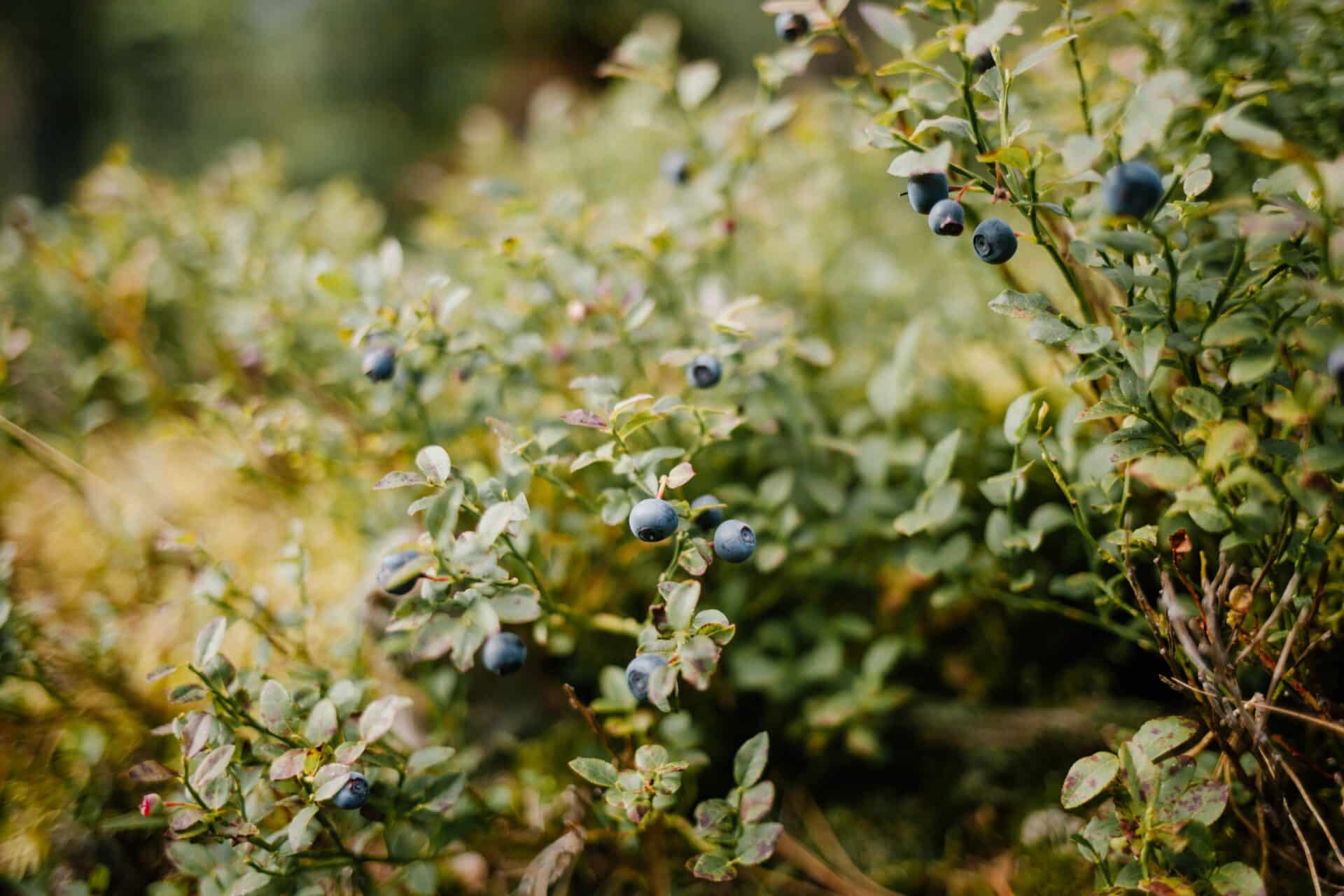Transplanting a blueberry bush is a great way to expand your garden and add some delicious berries to your harvest. Transplanting blueberry bushes can seem intimidating, but with the right materials and preparation it can be an easy and straightforward process. In this guide, we will provide an overview of what you will need, as well as step-by-step instructions for how to successfully transplant a blueberry bush.1. Choose a suitable planting location for your blueberry bushes. Ensure there is adequate sunlight and that the soil is well-draining.
2. Dig a large planting hole about twice the width of the root ball of your blueberry bush.
3. Amend the soil with organic matter such as compost, shredded leaves, or peat moss to help promote drainage and increase fertility.
4. Water the planting hole a few days before transplanting so that the soil is damp but not soggy when transplanting.
5. Remove the blueberry bush from its container and loosen any tight roots around the root ball before placing it in the planting hole.
6. Backfill with amended soil and gently press down to remove any air pockets.
7. Water thoroughly after transplanting to ensure that there is good contact between roots and soil and to remove any remaining air pockets around the roots of your blueberry bush.
8 Finally, mulch around your blueberry bush with organic matter such as bark chips or straw to help retain moisture in the soil and reduce weeds.
Digging the Hole for the Blueberry Bush
When planting a blueberry bush, it’s important to dig the hole properly. The hole should be wide enough to accommodate the root ball of the bush, and deep enough so that the crown of the bush is slightly above the soil level. To begin digging, pick a spot that gets plenty of sunlight but isn’t in an area that gets overly wet or boggy. The soil should be loose and well drained.
Dig a hole at least twice as wide as the root ball of your blueberry bush and about 12 inches deep. If you have clay soil, it’s best to make your hole more shallow than 12 inches, as clay can retain water more easily than sandy soils. If you have well-draining sandy soil, you can go deeper than 12 inches.
Once you’ve dug your hole to the desired size and depth, add some organic material such as compost or aged manure to help improve drainage and soil fertility. Mix this material into the existing soil in a ratio of 1 part organic material to 2 parts existing soil. This will help ensure that your blueberry bush has adequate drainage and nutrients as it grows.
Removing a Blueberry Bush from its Current Location
Removing a blueberry bush from its current location can be a challenging task. It is important to take the proper steps to ensure that the plant is properly removed and will not have any adverse effects on the surrounding environment. The first step in removing a blueberry bush is to prepare the area surrounding the bush. This should include pruning away any dead or diseased branches, and removing any weeds or other vegetation that may be growing around the bush. This will help make the removal process easier, as well as ensuring that no additional damage is done to the surrounding environment.
Once the area has been prepared, it’s time to begin digging. Use a shovel or spade to carefully dig around the base of the plant, making sure not to damage any of its roots. Once all of the roots have been exposed, they can then be cut away from the main stem using pruning shears or loppers. After all of the roots have been removed, carefully lift out the entire plant and place it in a bucket or wheelbarrow for transport.
The final step in removing your blueberry bush is replanting it in its new home. Choose an area that has plenty of direct sunlight and well-draining soil for best results. Gently loosen up any compacted soil before planting your blueberry bush and make sure to water it frequently during its establishment period. With proper care and maintenance, your newly transplanted blueberry bush should thrive in its new home!
Planting The Blueberry Bush In Its New Location
Planting a blueberry bush in its new location is an easy task that can be completed in just a few steps. First, make sure the area where the bush will be planted is well-drained and receives at least six hours of full sun per day. The soil should also be amended with organic matter such as compost or peat moss to ensure good drainage and nutrient availability. Next, dig a hole that is two to three times wider than the root ball of the bush and about as deep. Place some of the amended soil back in the hole, then carefully remove the bush from its container. Loosen any compacted roots before placing it in the hole and filling it with additional amended soil. Tamp down lightly around the roots to remove any air pockets and water thoroughly to settle the soil around the roots. Finally, spread a layer of mulch around the base of the bush to help retain moisture and discourage weed growth. With these simple steps, your blueberry bush should be happily planted in its new home!
Filling the Soil Around the Blueberry Bush
When planting a blueberry bush, it is important to fill the soil around it properly. To ensure your blueberry bush has a healthy start, consider the following tips.
Check the Soil Type
Before filling soil around the blueberry bush, it is important to check its soil type. Blueberries require acidic soil with a pH of 4.0 – 5.5 to grow well. If your soil is not in this range, you can add sphagnum peat moss or sulfur to lower its pH level.
Add Organic Compost
Adding organic compost to the soil will help ensure that your blueberry bush has adequate nutrients for growth. Additionally, organic matter helps improve water and nutrient retention in sandy soils and increases porosity in clay soils.
Maintain Proper Drainage
It is important to maintain proper drainage when filling soil around a blueberry bush so that water does not accumulate around its roots. The best way to do this is by adding sand or perlite at a rate of one part sand or perlite for every two parts of soil used for planting. This will help prevent root rot due to excessive moisture levels in the soil.
Mulch Around the Bush
Once you have filled the soil around your blueberry bush, it is important to add mulch as well. Mulching helps keep weeds away and also regulates temperature and moisture levels in the soil during both cold and hot months, which can be beneficial for a healthy plant growth. Pine needles are an ideal choice for mulching as they help maintain an acidic environment which is essential for blueberries’ growth and development.

How To Water And Mulch After Transplanting A Blueberry Bush
Watering is an important part of the transplanting process for a blueberry bush. When you transplant a blueberry bush, it is best to water it deeply and evenly. Make sure to water the entire root zone of the blueberry bush, which can be up to one foot deep. If possible, use soaker hoses or drip irrigation systems to slowly deliver a steady supply of water to the root zone. It is best to water in the morning or early evening and avoid watering during the hottest part of the day when there is more evaporation. Once your blueberry bush has been transplanted, it is important to continue watering regularly for at least two weeks.
Mulching your newly transplanted blueberry bush can also help promote healthy growth. Organic mulches such as bark chips or straw will help keep weeds down while also helping maintain soil moisture levels. Spread a 3-4 inch layer of mulch around the base of the bush, but make sure not to pile it up against the stem of the plant as this can cause rot and disease issues. Mulching will also help insulate your blueberry bush from extreme temperatures throughout the year, which can be beneficial in colder climates.
How To Care For Your Newly Transplanted Blueberry Bush
Caring for a blueberry bush after it has been transplanted can be a challenge. It is important to understand the care that is needed in order to ensure the success of your new blueberry bush. Here are some tips for caring for your newly transplanted blueberry bush:
The first step in caring for a newly transplanted blueberry bush is to make sure it is planted in an area that will receive adequate sunlight. Blueberries need at least six hours of direct sunlight each day, so make sure the spot you’ve chosen will provide enough light.
The next step in caring for your newly transplanted blueberry bush is to water it regularly. A newly planted bush should receive at least one inch of water per week, and more during hot weather or periods of drought. It’s also important to make sure that the soil around the plant remains moist but not soggy; too much moisture can lead to root rot and other problems.
It’s also important to fertilize your blueberry bush regularly. Fertilizer should be applied twice a year, once in late spring and again in early fall, using a balanced fertilizer with an equal ratio of nitrogen, phosphorus, and potassium. Be sure not to over-fertilize, as this can cause excessive foliage growth at the expense of fruit production.
Finally, pruning is an important part of caring for your newly transplanted blueberry bush. Pruning should be done annually to remove any dead or diseased branches as well as any branches that are growing too close together or rubbing against each other. This will help encourage air circulation and prevent disease from spreading throughout the plant.
By following these steps you can ensure that your newly transplanted blueberry bush will thrive and produce abundant fruit for many years to come!
Preventing Damage To A Newly Transplanted Blueberry Bush
Planting a blueberry bush is an exciting endeavor. Though, it is important to take steps to ensure the freshly transplanted bush makes it through the transition and thrives in its new home. One of the best ways to prevent damage to a newly transplanted blueberry bush is by providing proper irrigation.
Be sure to water the bush regularly and deeply, especially during the first season after transplanting. As part of this process, you will also want to make sure that you are not over-watering your blueberry bush. Over-watering can lead to root rot and other issues that could prevent your newly transplanted blueberry bush from thriving.
You will also want to be mindful about mulching around your newly transplanted blueberry bush. Mulch helps retain moisture and keeps weeds away, but too much can lead to root rot and other issues. Be sure that you remove any weeds or grasses that may be growing near the base of the newly transplanted blueberry bush as these can compete with it for nutrients and water.
When transplanting a new blueberry bush, it’s important to make sure that you are planting it in an area with well-drained soil and full sun exposure. If you have planted in a shaded area, be sure to provide some extra protection for your newly transplanted blueberry bush such as shade cloth or a temporary shelter until it has time to adjust and begin producing fruit in its new environment.
Finally, consider using an organic fertilizer when caring for your newly planted blueberry bush in order to encourage healthy growth. It’s important not to over fertilize as this could damage the delicate root system of your new plant, so be sure to follow instructions carefully when applying any fertilizer products on or near your newly planted blueberry bush. With proper care and attention, your new blueberry bush should be able to thrive in its new home for many years!

Conclusion
Transplanting a blueberry bush is a great way to ensure your berry-growing success. The best time to transplant blueberry bushes is in late winter or early spring when the plant is dormant, but before it starts to put on new growth. Start with a healthy bush, water it thoroughly before transplanting and take the time to properly prepare the soil in its new location. Make sure you keep the root ball intact and plant it at the same depth as it was before. Continue to monitor soil moisture and give your blueberry bush plenty of sun for optimal success.
By following these guidelines, you will be well on your way to successfully transplanting a blueberry bush that will yield delicious berries year after year!



